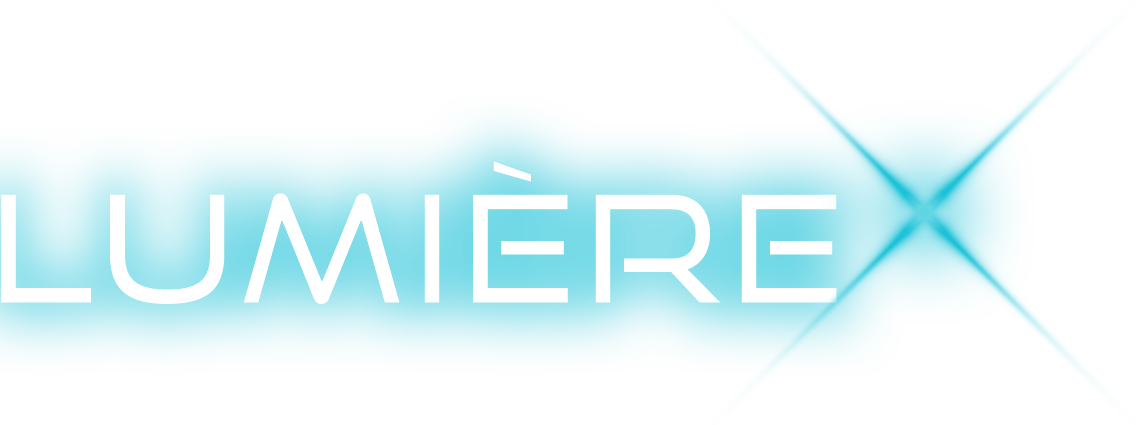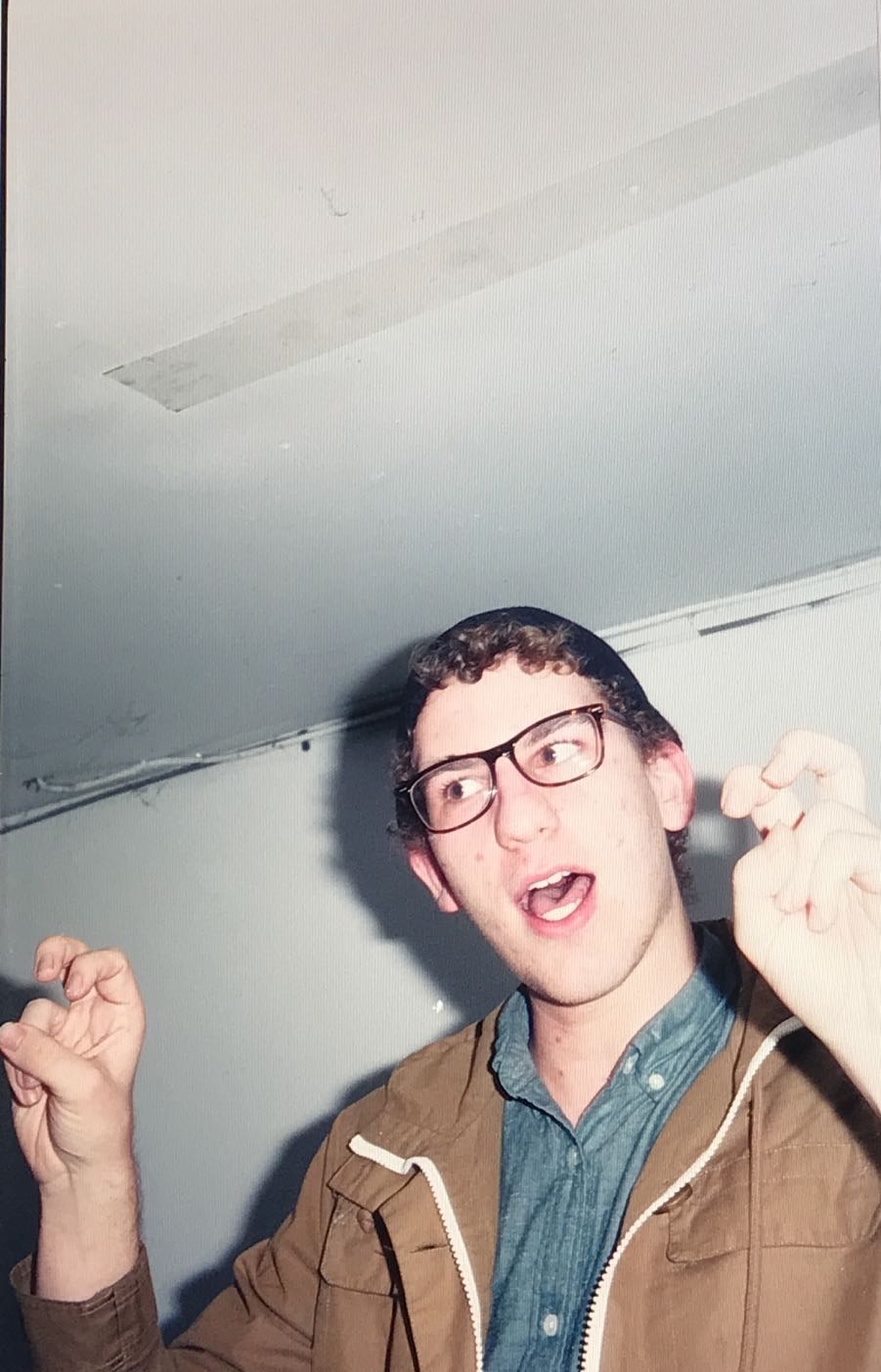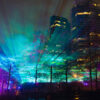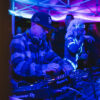Vancouver-based artist Chris Eugene Mills’ lengthy-titled projection project, “Sol takes his Incomplete Open Cubes down to the local dancehall, leaving behind very specific instructions regarding exactly how his Assistant should clean the cage while they’re out” is described as “entering into a Vancouver after hours hole in the wall.” Here’s a deeper look at his installation, his work with new media, and his connection to light.
How would you describe ‘new media?’
I think the term “new media” is the great catch-all for art without a better category; a kind of a miscellaneous drawer for artwork that has to be plugged in. In the traditional sense of the term, it represents the avant-garde of technological art, think Nam June Paik or Rafael Lozano-Hemmer, who define and redefine the category.
But we’re moving so fast that there is no artist avant-garde any more, or if you want to be a new media artist on the cutting edge, the newest medium, you’re jumping onto tech industry hype terms like Virtual Reality. That’s what ‘new media’ has become in my eyes, and it can be exhausting.
I’m much more comfortable carving out a little niche under the words “computer-based,” or “generative” art when I describe my digital and physical sculptures.
Describe your installation, “”Sol takes his Incomplete Open Cubes down to the local dancehall, leaving behind very specific instructions regarding exactly how his Assistant should clean the cage while they’re out.” Why the long name?
Sol and his Cubes at the Dancehall depicts an animated line drawing, a broken cube dancing to a deep house beat as strobes and smoke machines fill the area with the smell and sounds of the last club you were in. With every hit of the bass drum, the lines spin and stop to a new permutation, a new arrangement. The rigid form is letting loose a bit, and it’s kind of refreshing.
I find my names and titles have been swelling over the last year as I push to add little complications and bits of humour into the installations and sculptures I make. Every word adds another vantage point, another element to what you see on first glance. It’s like a treat for anyone who wants to read into it, or just treat it like poetry.
This title is all about an absurdist story: you have your main scene projected for all to see and feel, a visual artifact of the 1960s minimalist movement given a little life, and offscreen you have Sol Lewitt’s poor assistant cleaning up the detritus left behind when keeping an animal such as this captive for something as self-serious as early conceptual art. It’s the most ridiculous and art-historical reference I’ve ever striven to include, but the title is just another layer on top of what you actually see. Its essential for me, but the viewer can take it or leave it.
How did you come up with the idea for this piece?
The piece comes out of my guilty interest in this era of artwork, the Barnett Newman single lines, the Agnes Martin grid paintings, the Sol Lewitt wall drawings, all of which I enjoy because of their influence on and close proximity to the rise of early computer art. Art isn’t as simple or pure as they tried to make it seem, but it’s nice to live in wonderland for a while.
Now, unless driven by a set of specific images or some other research, my process is largely investigating algorithms and code snippets for something that catches my eye, much like another artist using dirty media like paint or clay. After finding this generative (or randomizable) structure, I found it to be just as self-serious as those artists from 50 years ago, so I needed to knock it down a step or two, entangling it in those histories while critiquing them, itself, and my own guilty adoration.

Earthquake Preparedness by Chris Mills
What does the set-up consist of? What are some of the challenges?
The setup consists of a projector, speakers, a smoke machine, and a set of interlinked programs. Some difficulties arise from showing a work with loud audio, interfering with other artwork or environments. This is new for me as most of my projections and digital sculptures have been silent, until only very recently. Other difficulties include troubleshooting tech, coding the piece to run for long spans of time, and making sure all the equipment works together.
What kind of reaction do you hope this piece will extract from the public?
As cerebral as I’ve made it sound, this is a feeling piece. I’d like the public to look and listen, feel the beat, dance-along, enjoy the light. That’s all it asks for.
How does light connect people?
In the last how-many-thousand years, light has turned from a tool of safety to a tool of entertainment. As once we would have crouched around a fire, joined by the search for warmth, now we get little bursts all the time, linking us to each other in an easier, less potent way. Light allows for a fooling of the eye, a flash of information, a text from a friend. It’s really a hard question to answer: artificial light is fundamental to our way of life, and our way of life is a connected one.

More on Chris Mills here




